Is Wearing Hanfu Cold in Winter? Not at All—See How the Ancients Dressed
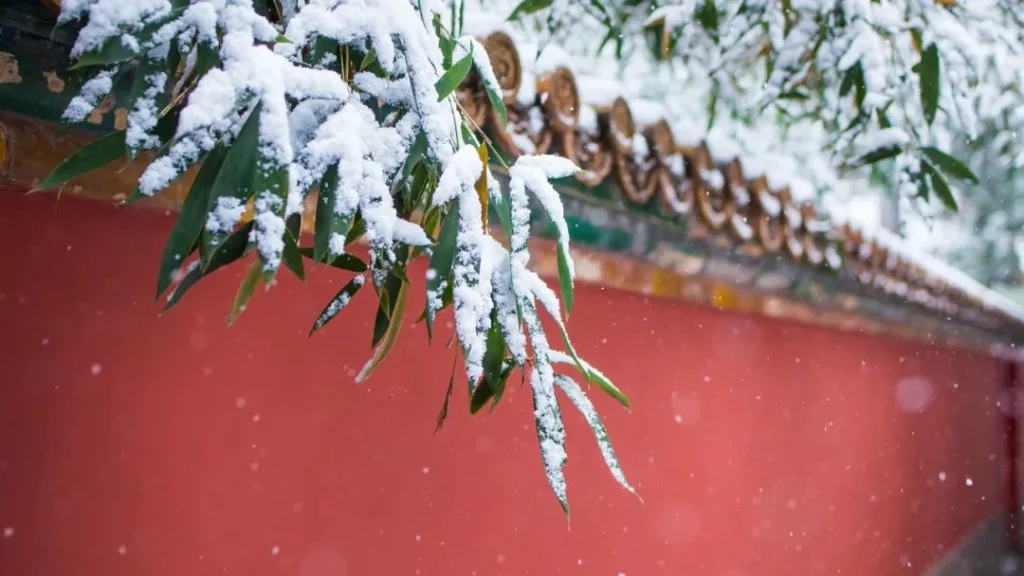
As the Great Snow solar term blankets the world in a silver-wrapped landscape, many Hanfu lovers ask: Is Hanfu in winter warm enough? Absolutely! The ancients mastered Hanfu warmth with clever techniques like cotton quilts and padded garments, and today’s Hanfu in winter styling blends tradition with modern comfort. From Song dynasty cotton quilts to Ming dynasty clothing, let’s explore how traditional Chinese clothing kept the cold at bay and share five tips to rock Hanfu in winter in 2025!
Hanfu in winter: How the Ancients Stayed Warm
The ancients had ingenious ways to ensure Hanfu warmth. In the Song dynasty, cotton textiles revolutionized traditional Chinese clothing. A 2.51-meter-long cotton blanket from a Southern Song tomb, now in the Zhejiang Provincial Museum, showcases advanced weaving with raised nap for insulation. These “chongqin” or cotton quilts were stuffed with fluffed cotton, offering cozy warmth. Poet Hua Yue praised their comfort: “One quilt ripples like lotus folds, ten layers of fragrant brocade unfold.”
By the Ming dynasty clothing era, cotton was widespread, and padded garments like jia yi—dual-layered robes with silk linings—kept wearers warm. Silk floss, wool, and leather padding, as noted in Shen Congwen’s A Study of Ancient Chinese Clothing, added lightweight insulation. Accessories like fur-lined nuan’er hats and gloves, seen in Han and Ming artifacts, protected heads and hands. Learn more about Song textiles at China Daily.
Moreover, precipitation becomes purer, no longer alternating or mixing with rain, and snow accumulates more easily. With snow accumulation comes a silver-wrapped landscape and the imagery of jade-covered mountains. Thus, the Little Snow and Great Snow terms are less about the amount of precipitation and more about the presence of accumulated snow. In such cold weather, many wonder: Is wearing hanfu warm enough? Today, let’s explore the wisdom of the ancients and modern styling tips.

First, how did the ancients stay warm in winter?
Su Zhe wrote in a poem: “The eternal drip invades spring, counting hours; the hearth still cradles my mumian qiu.” The “mumian qiu” in the poem is akin to today’s cotton-padded jacket. Su Zhe’s grandson, Su Zhou, also wrote: “From Nanpu, I carry my book satchel; jibei shangyi and a black hat veil.” “Jibei shangyi” refers to cotton clothing.
A complete cotton blanket, 2.51 meters long and 1.18 meters wide, woven entirely from cotton with raised nap on both sides, was unearthed from a Southern Song tomb in Lanxi County, Zhejiang, and is now housed in the Zhejiang Provincial Museum. This shows that Song dynasty cotton-weaving techniques were quite advanced.
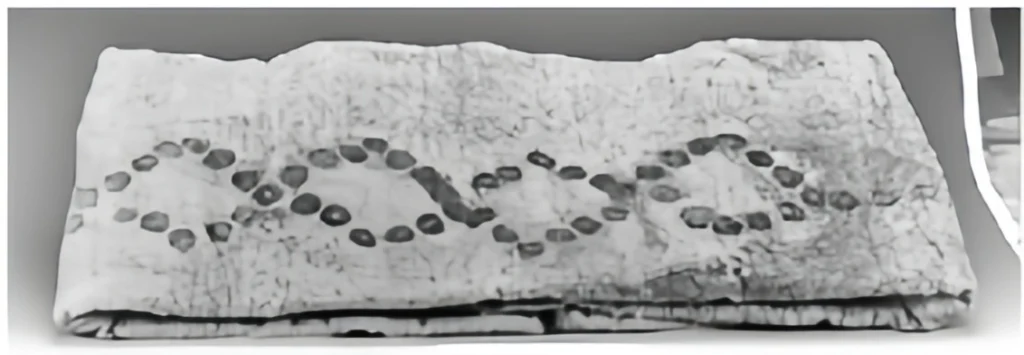
Using a stringed bow to fluff cotton and stuffing it into a cover created a cotton quilt. Though the term “cotton quilt” didn’t exist in the Song dynasty, they were called “chongqin” or “mianqin.”
In cold winters, cotton quilts provided excellent warmth.
A Southern Song scholar named Hua Yue, thrilled to receive a cotton quilt, wrote a poem declaring he no longer feared winter’s chill: “One quilt ripples like lotus folds, ten layers of fragrant brocade unfold. No fear of night’s cold invading my canopy, only worry of spring dreams reaching the sunlit terrace.”
Su Zhe also mentioned cotton quilts in a poem: “The noon rooster crows, yet I linger; yawning in jibei chongqin.” His brother, Su Shi, owned a cotton garment gifted by the people of Danzhou: “They gave me jibei cloth; the sea breeze feels cold this year.” A single cotton garment was enough to withstand Hainan Island’s sea breeze.
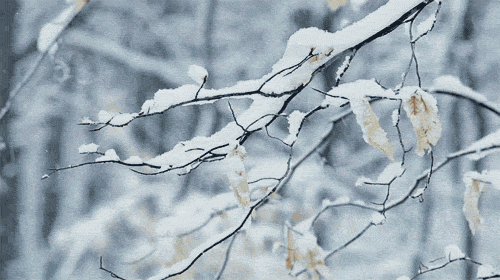
In the Song dynasty, if your home had several jibei chongqin and a set of warming tools like Kongming bowls, warm-bowl pourers, braziers, and tangpozi, your winter could be both stylish and cozy.
How to wear traditional attire in winter?
Of course, with these accessories:
Mao ling (fur collar)

Shouchao (hand muff)
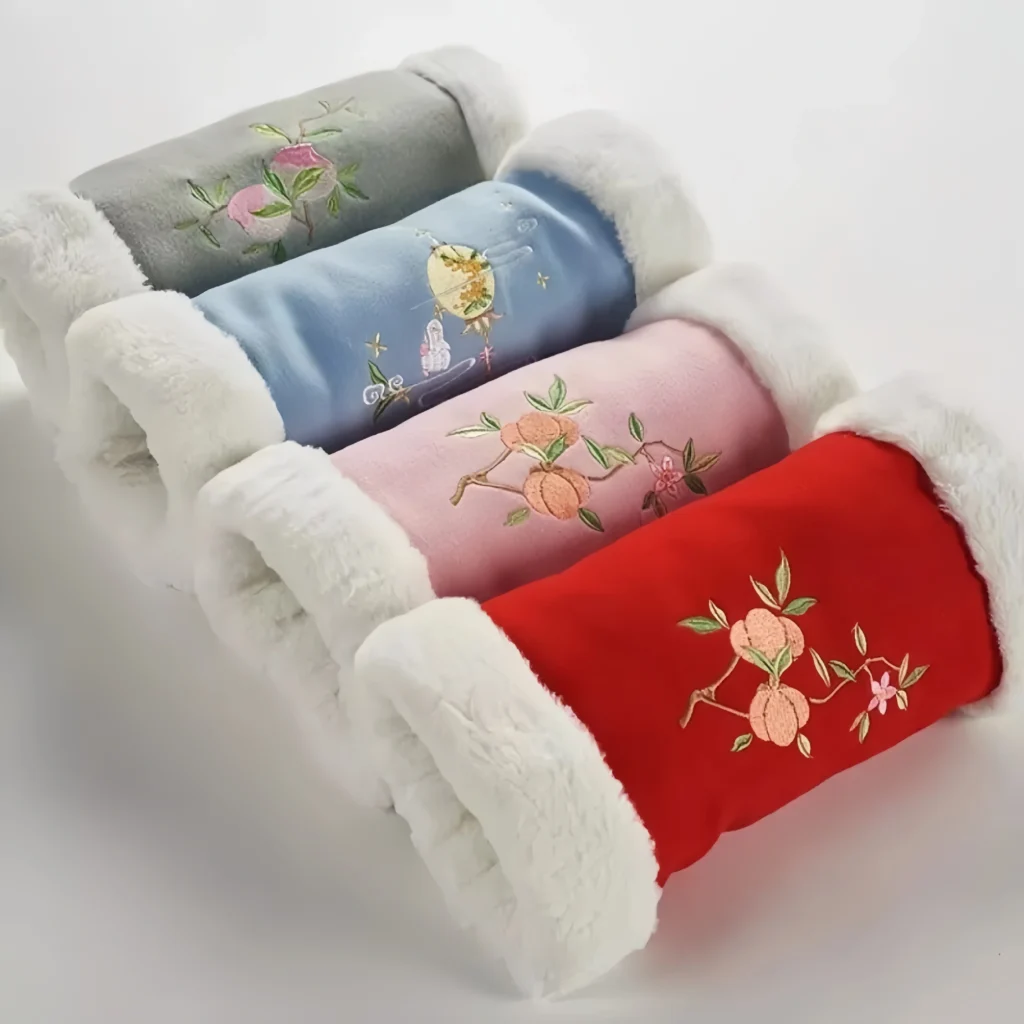
Doupeng (cloak)

Zhongguofeng nuan xue (Chinese-style warm boots)

With today’s abundant material options like long johns, sweaters, and down jackets as “warming tools,” what did the ancients wear to fend off the cold?
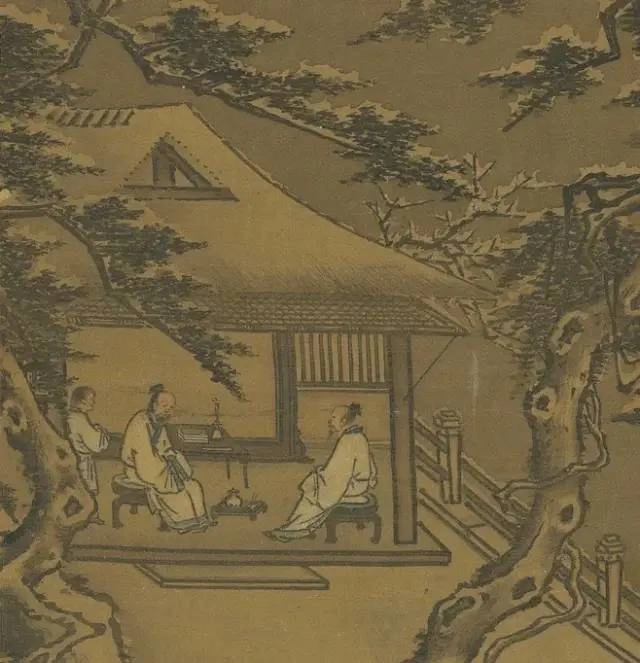
Cotton textiles became widespread nationwide by the Ming dynasty. Before then, hemp or other plant fibers were the most common clothing materials for lower-class people, while only the elite or wealthy could afford silk. By the Ming and Qing dynasties, duan and jin became the primary materials for the outer layers of autumn and winter coats among the affluent.
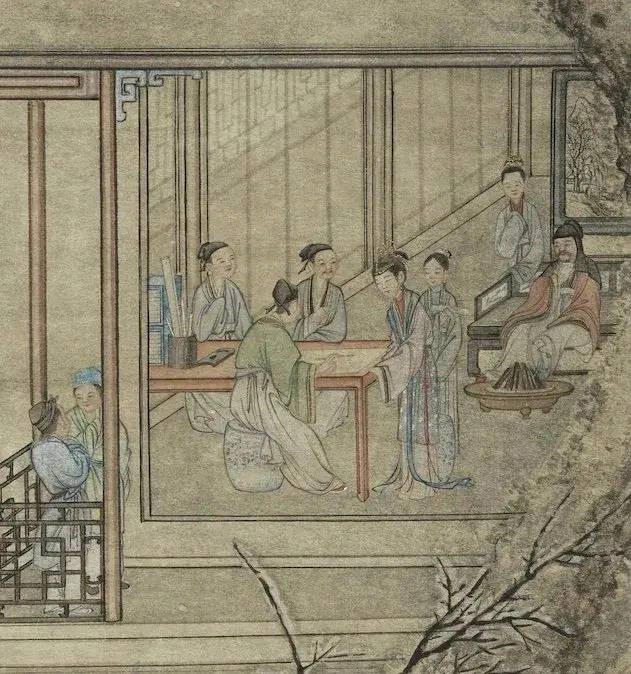
In fact, the ancients had something akin to our modern “trench coats” for autumn and winter, called jia yi.
Jia yi typically had two layers: an outer fabric and a silk lining. Su Shi wrote in Early Autumn, Sent to Ziyou: “You rise to fetch jia yi, sighing as you grasp my hand,” indicating that in early autumn, jia yi’s outer robe was a key tool for staying warm.
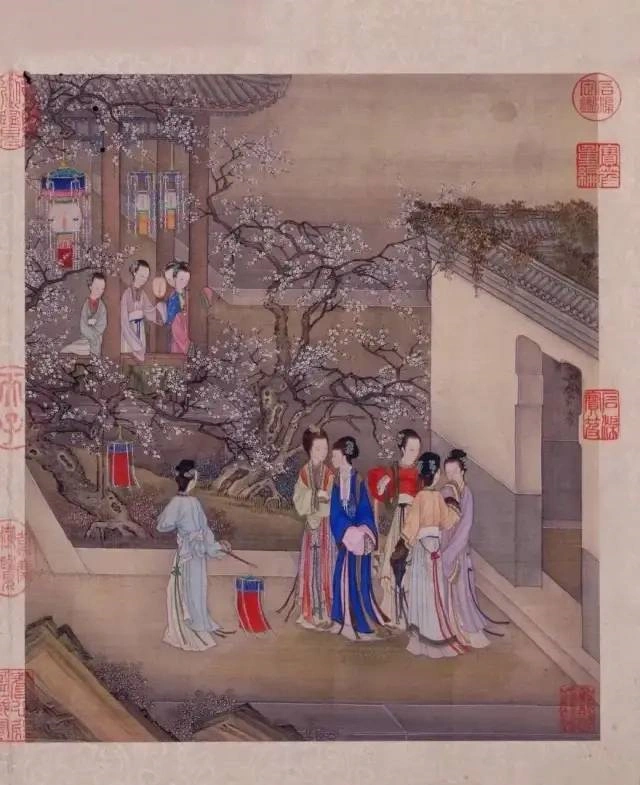
In colder weather, the ancients added padding to their clothing.
Shen Congwen, in A Study of Ancient Chinese Clothing, noted that garments from the Chu Tomb No. 1 at Mashan, Jiangling, included mianyi padded with silk floss. This silk floss, often a byproduct of silk reeling, was used as filling, being lightweight and warm.
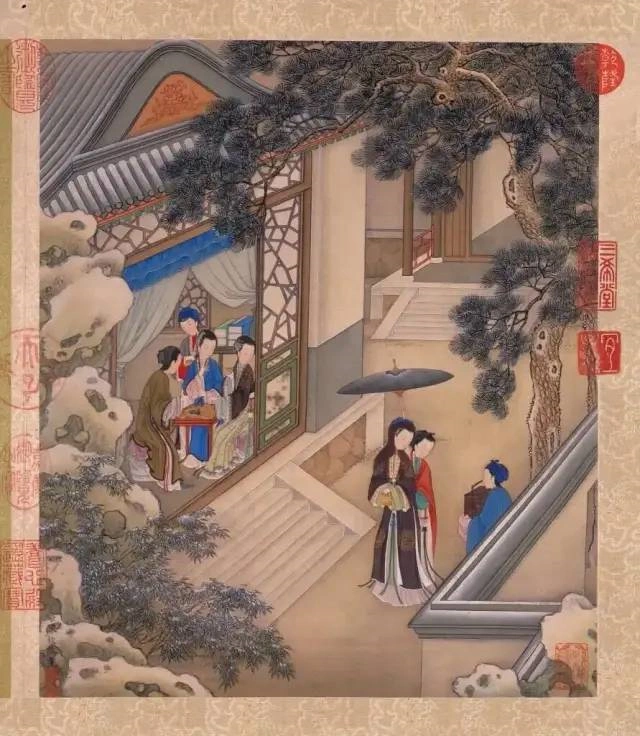
Besides silk floss, the ancients used wool textiles and various leathers as padding materials.
According to Shen Congwen in A Study of Ancient Chinese Clothing, wool textiles as clothing material emerged after the Eastern Jin. The Jinshu·Wuxing Zhi states that during the Two Jins, kufu attire was often made from wool fabrics.
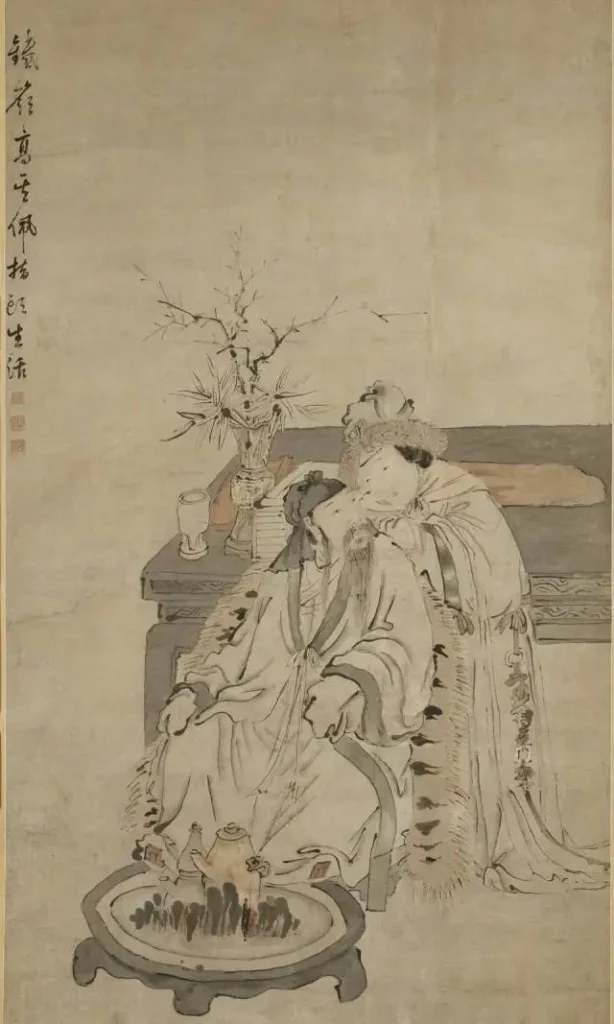
Beyond clothing, head and hand warmth required items like hats and gloves. Artifacts from Mawangdui include fingerless short gloves, embroidered with xinqi or made of zhuling wenluo, simple yet beautiful. The Northern Dynasties and Ming dynasty also yielded fully enclosed gloves.
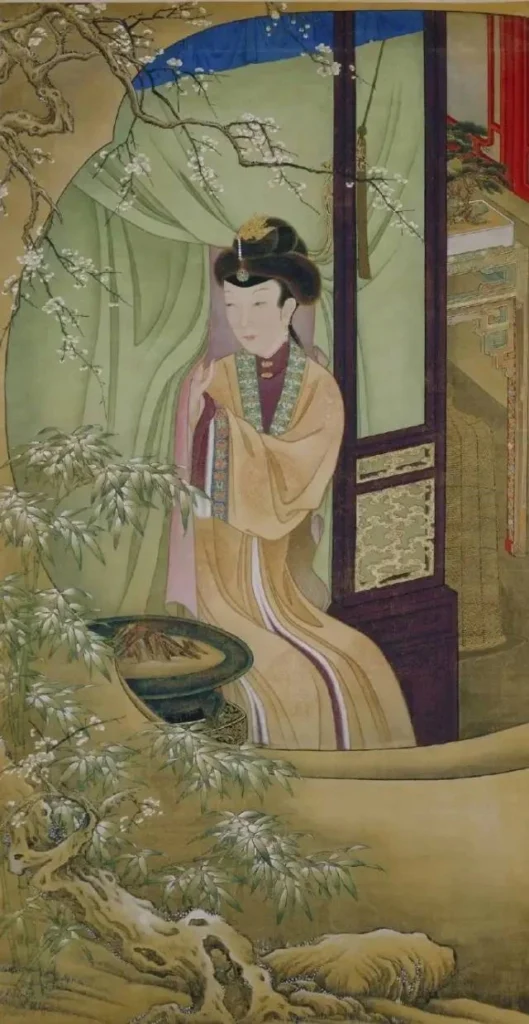
Head warmth had more nuances. Scholars note that before the Ming dynasty, common women often wore patou on their heads for warmth. In the Yuan dynasty, elite women wore mo’e. By the Ming and Qing, common women used lezi for warmth, while noblewomen used “wotuer” or “Zhaojun tao” (a topless women’s fur hat) to combat the cold.

For men, in the Han dynasty, scholars and commoners tied long, silk-floss-padded cloth strips around their foreheads for warmth. From the Five Dynasties to the Song, men riding horses wore fengmao for warmth. In the Ming dynasty, every winter eleventh month, “court officials were granted nuan’er,” typically made from fox fur. In the Qing dynasty, officials often wore fur nuanmao in winter.

5 Tips to Style Hanfu in Winter 2025
Ready to wear Hanfu in winter? Here are five ways to stay warm and stylish, blending traditional Chinese clothing with modern flair:
- Layer with Modern Base Layers
Wear long johns or merino wool thermals under your Hanfu in winter for invisible warmth. Pair with a cotton-padded ruqun for Song-inspired coziness. - Choose Padded Outer Layers
Opt for Ming dynasty clothing-style jia yi or daxiushan with silk or cotton padding. Modern Hanfu brands offer quilted versions—check Taobao’s Hanfu section. - Add Fur or Faux-Fur Accessories
Mimic ancient mao ling with a detachable fur collar or use a doupeng cloak for wind protection. Faux-fur nuan’er hats add a Ming dynasty clothing touch. - Incorporate Cotton Quilts
Use cotton quilts as shawls or wraps over ruqun for a Song dynasty vibe. They’re both warm and photogenic for winter festivals. - Wear Insulated Boots
Swap traditional shoes for zhongguofeng nuan xue (Chinese-style warm boots) to keep feet toasty while complementing Hanfu warmth.
Why Hanfu in Winter Works
Hanfu in winter isn’t just practical—it’s a celebration of traditional Chinese clothing. The ancients used cotton quilts, padded jia yi, and fur accessories to thrive in cold weather, and modern materials like down or wool make it even easier. Whether you’re strolling through a snowy park or attending a Great Snow festival, Hanfu offers elegance and comfort. For more winter Hanfu inspo, visit Pinterest’s Hanfu boards.
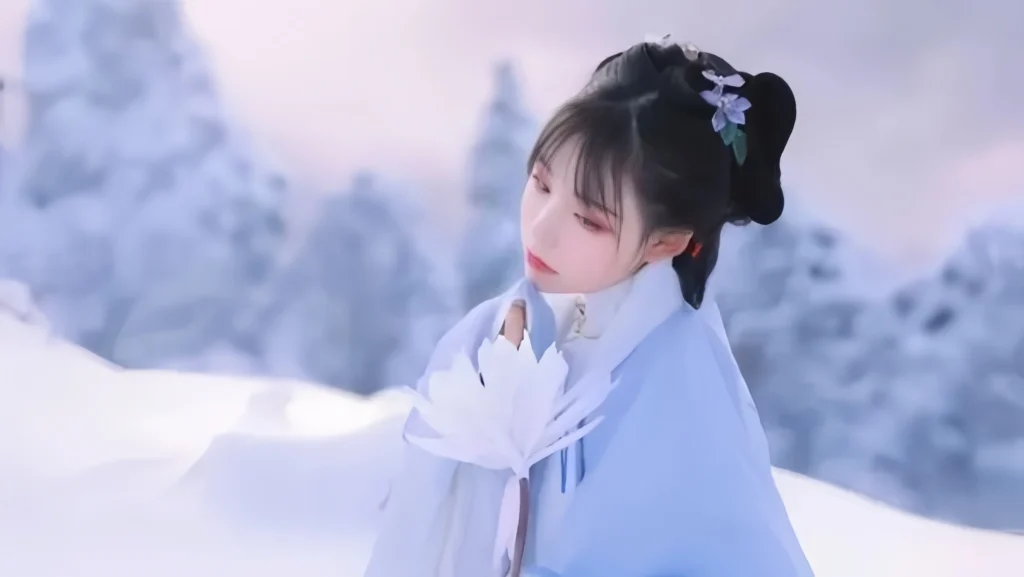

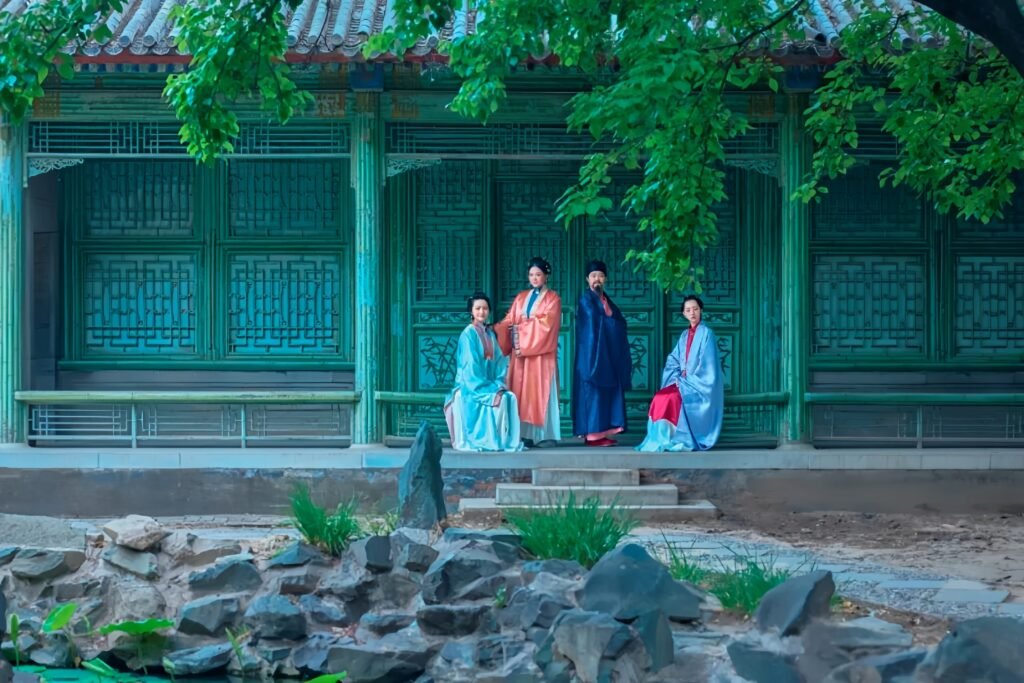


Responses